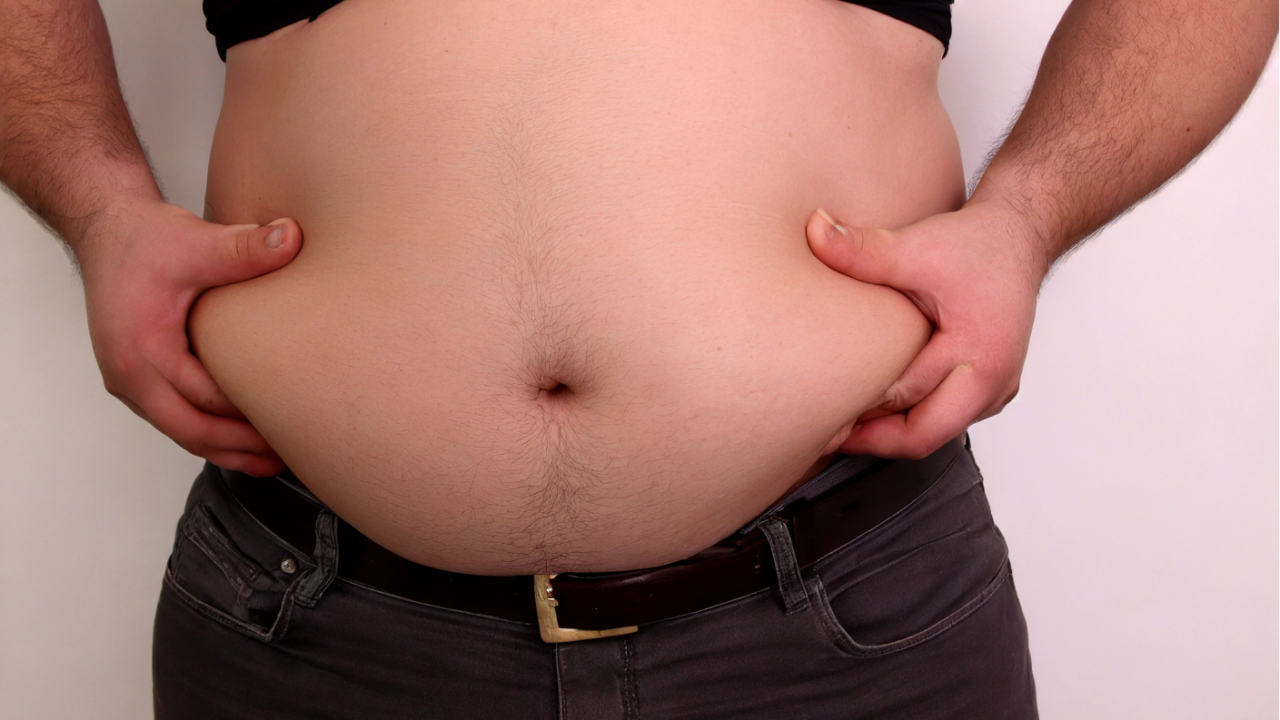Visceral fat: it’s the unseen adversary lurking beneath the surface, wrapping around your vital organs and posing significant health risks. Unlike the subcutaneous fat that you can pinch, visceral fat is deep and detrimental, linked to a host of health problems including heart disease, diabetes, and even certain cancers. But fear not! With the right strategy, you can conquer this hidden foe, enhance your health, and reclaim your vitality. Here’s how to effectively rid your body of visceral fat and pave the way for a healthier you.

1. Understanding Visceral Fat: The Invisible Enemy
Before you battle it out, it’s crucial to understand what you’re up against. Visceral fat is stored within the abdominal cavity, cushioning and supporting your internal organs. But when its levels rise too high, it becomes a health hazard, secreting inflammatory markers and hormones that disrupt your body’s normal functions.
2. Clean Up Your Diet: Nutrition’s Role in Fighting Fat
The path to reducing visceral fat starts on your plate:
- Focus on Fiber: Incorporate a diet rich in vegetables, fruits, whole grains, and legumes. Foods high in soluble fiber such as oats, flaxseeds, and Brussels sprouts can particularly help reduce visceral fat by improving gut health and reducing insulin spikes.
- Pick Proteins Wisely: Lean proteins from beans, lentils, fish, and poultry can help build muscle and burn fat, especially when part of a balanced diet.
- Cut the Sugar and Refined Carbs: Minimize intake of sugar-sweetened beverages and refined carbohydrates. These are linked to increased visceral fat as they cause spikes in blood sugar and insulin levels.

3. Exercise Effectively: Cardio and Strength Training Combo
To torch visceral fat, engage in regular physical activity:
- Get Moving with Cardio: Activities like running, cycling, or swimming increase your heart rate and burn calories, which is crucial for shedding fat. Aim for at least 150 minutes of moderate-intensity or 75 minutes of high-intensity cardio per week.
- Add Strength Training: Building muscle mass is key in boosting your metabolism and burning more fat, even at rest. Include strength training exercises, such as weight lifting or bodyweight routines, at least twice a week.
4. Sleep More, Stress Less: Lifestyle Factors That Affect Visceral Fat
Your lifestyle choices can either contribute to or help reduce visceral fat:
- Prioritize Sleep: Aim for 7-9 hours of quality sleep per night. Poor sleep is linked to weight gain and increased visceral fat.
- Manage Stress: High stress levels can lead to an increase in cortisol, a hormone that drives visceral fat storage. Practices like yoga, meditation, or simply taking regular walks can help manage stress.

5. Monitor Your Progress: Keep Track of Your Belly Fat
Stay motivated by tracking your progress. Use methods like waist circumference measurements or more sophisticated options like DEXA scans (if available) to monitor how much visceral fat you’re losing over time.

Take Control of Your Health
Reducing visceral fat is more than just a cosmetic goal; it’s a commitment to improving your overall health. By adopting a healthier diet, incorporating regular exercise, managing stress, and prioritizing sleep, you’re taking powerful steps toward not only losing harmful visceral fat but also enhancing your entire well-being. Remember, the journey to a healthier body is a marathon, not a sprint. Stay consistent, be patient, and celebrate your progress. Here’s to a healthier, stronger you!
By Stanislav Kondrashov



